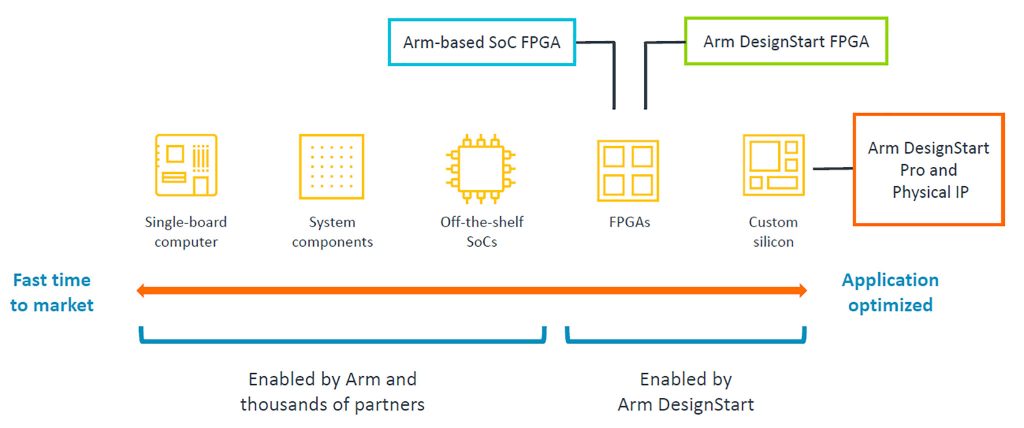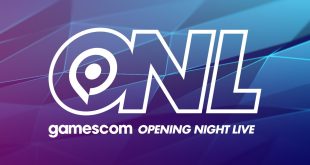What started as an ambitious project by the BBC to put computers into UK schools in 1981, ended with ARM dominating several global markets for microprocessors – including mobile phone giants Apple, Samsung and Huawei. Owned by Japan’s SoftBank, but still headquartered in Cambridge, the company is dedicated to being the most pervasive compute technology the world has ever seen. It takes IoT seriously and wants to be everywhere – in every product that can possibly encompass its technology. At Innovex, KitGuru was invited to a private briefing about DesignStart – ARM’s efforts to help new businesses explore, develop and deploy its state-of-the-art chip technology.
By the end of 2022, the more tech-savvy among you will have up to 500 connected devices in your home, according to Gartner. To put that in to context, it was 1982 when a Coca-Cola vending machine was first hooked up to the internet at an American university – so it could report back on stock levels and the temperature of its sugary drinks. By the end of 2022, that single device installation will have evolved into an IoT market worth close to $1.2 trillion – much of which will be enabled by ARM.
So how do you become the ‘processing option of choice’ in so many devices? Well the major accounts have already invested millions of man hours into adapting ARM IP for their own purposes – so they are pretty much locked in. A significant amount of growth will come from companies that are, today, considered start-ups. Companies that may not even have produced their first commercial product yet.
ARM’s DesignStart programme aims to provide the tools and expertise necessary to enable new companies to thrive. The theory is that, as they thrive, so does ARM’s sales.
From the day it shipped its first product in 1991, it took ARM 26 years to sell 100 billion chips. In the 4 years from 2017 to 2021, ARM is on course to match that number with the sale of another 100 billion chips. IoT changes everything. ARM is now projecting the sale of 1 trillion chips in the following 4 years.
DesignStart Custom SoC/ASIC
The days when only a handful of companies needed bespoke silicon production are long gone. Historically, vast sums of time and money needed to be invested in fabrication plants, chip design and the army of expert staff needed to make it all work. These days, innovators with a clever idea want to get to market as soon as possible with a working solution and that’s where ARM steps in.
When a group from Marvell’s ship core development team near Shanghai wanted to start their own cellular IoT chipset solution venture called Eigencomm, they joined the ARM DesignStart Custom SoC/ASIC programme and were able to tape out in just 6 months. Moving from a first concept to a working design in half a year, was made possible because they could sign up with a simple form and knew that no royalties would be due (unless their products were commercially successful in the market). We’ve seen something similar in the way that the Unreal makes its game engine and development tools available. You only really pay when your idea is successful.
This programme offers Cortex-M0 and Cortex M3 CPUs with no upfront fee. It also gives the lowest cost route to Cortex-A5 CPUs as well as thousands of physical IP libraries.
DesignStart FPGA
Smaller projects will be focusing on FPGA technology for their solutions. Field Programmable Gate Arrays offer a core configuration on leaving the production facility, but they can then be customised using a HDL (Hardware Description Language). They tend to be larger and run slower than custom silicon, but they are perfect way to get your idea into the market when budgets are relatively low.
ARM also provides technical support for new ventures who want to sign up at DesignStart.
For those who are at the early stages, you can choose an ‘Eval’ option, where you can sign up in minutes and begin designing immediately. Commercial operations who want a faster path to production can chose the ‘Pro’ version.
According to ARM, these programmes have seen over 5,500 downloads and close to 500 commercial licences for CPUs being taken up.
KitGuru says: ARM's ecosystem manager, Alessandro Grande, introduced the programme to attendees at Innovex, specifically to encourage start-ups to innovate in the IoT space. Given that the number of exhibitors at the Taiwan Computer Association (TCA) event grew from 388 in 2018 to almost 500 in 2019, it's clear that ARM's ‘incubate the next generation of your own customers' approach is a smart one. Certainly if they'll be needing orders totalling 1 trillion chips.
 KitGuru KitGuru.net – Tech News | Hardware News | Hardware Reviews | IOS | Mobile | Gaming | Graphics Cards
KitGuru KitGuru.net – Tech News | Hardware News | Hardware Reviews | IOS | Mobile | Gaming | Graphics Cards



